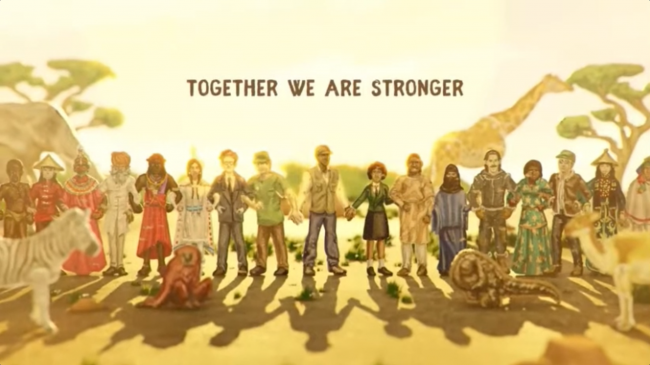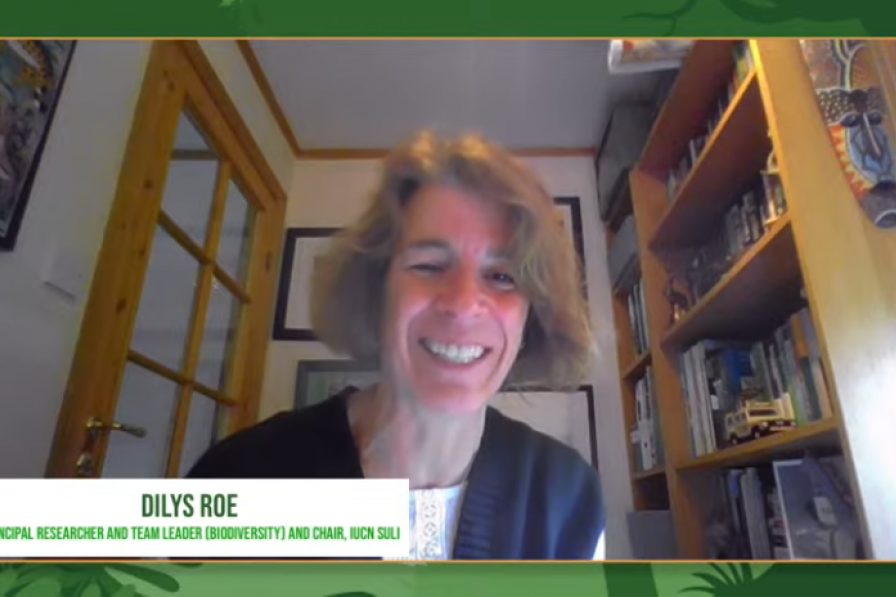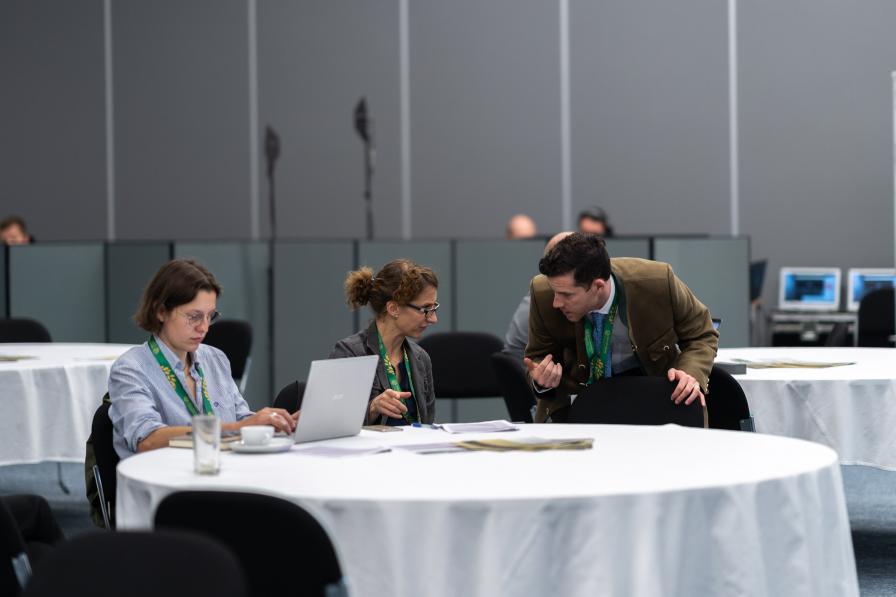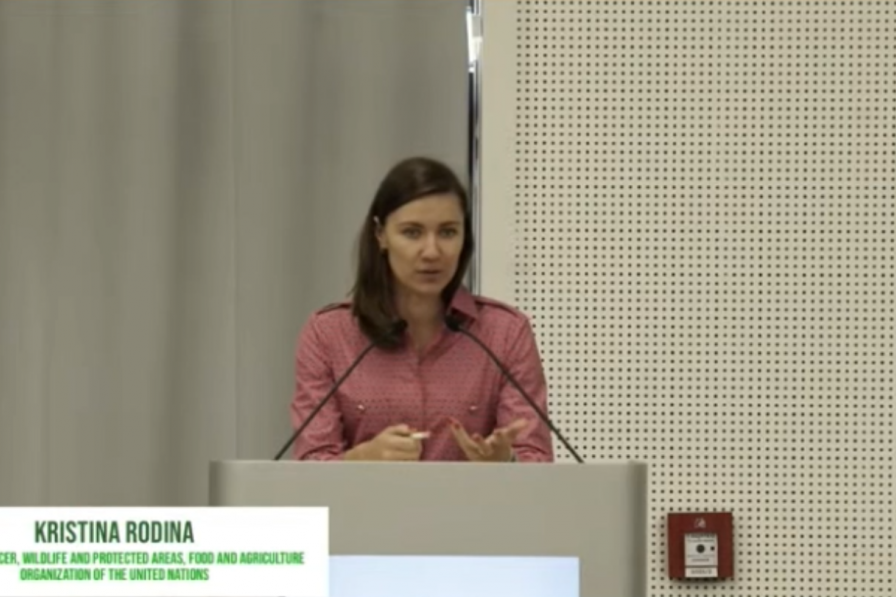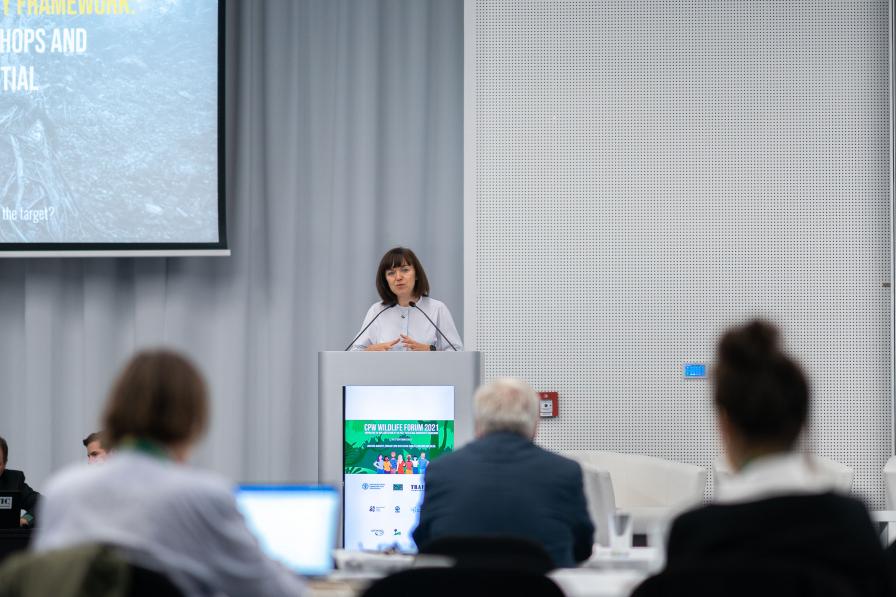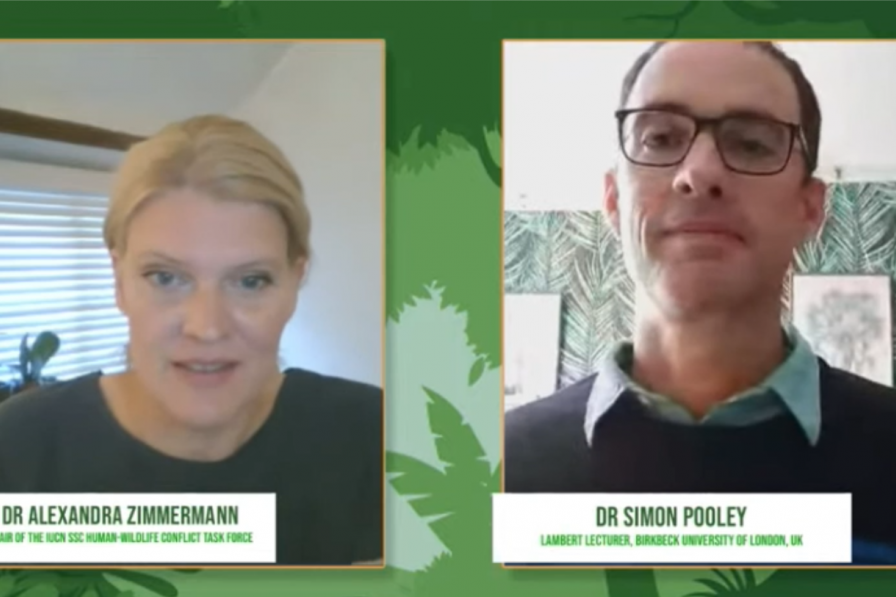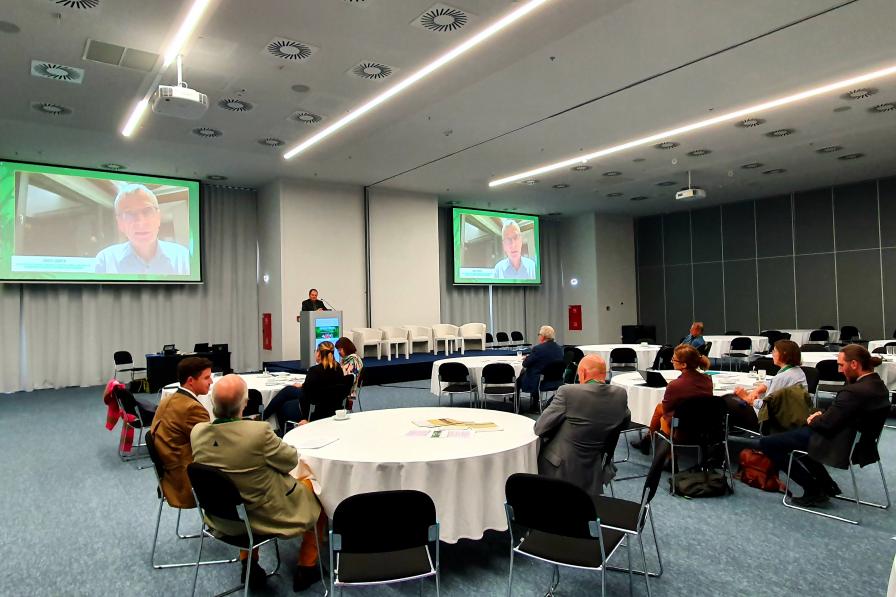Participants reconvened on Monday for the Third Forum of the Collaborative Partnership on Sustainable Wildlife Management (CPW), attending sessions on: wildlife harvesting, use and trade; and monitoring human-wildlife conflicts for the post-2020 global biodiversity framework (GBF).
In the session on wildlife harvesting, moderated by Dilys Roe, IUCN Species Survival Commission (SSC) Sustainable Use and Livelihoods Specialist Group (SULi), participants discussed proposed GBF target 5 on “Ensuring that the harvesting, trade and use of wild species is sustainable, legal, and safe for human health” and whether this target is realistic, how it can be measured, and where, how and at what scale it may have already been achieved.
Anastasiya Timoshyna, TRAFFIC, reviewed the results of a workshop on sustainable harvest and trade of wildlife beyond 2020, including proposed datasets and indicators, as well as regulatory and non-regulatory measures. Maurizio Farhan Ferrari, Senior Policy Adviser on Environmental Governance, Forest Peoples Programme, spoke of the role of customary sustainable use in the harvest, use, and trade of wildlife. Clara Nobbe, Convention on Migratory Species (CMS) Secretariat, presented a report on the "Impacts of Taking, Trade, and Consumption of Terrestrial Migratory Species for Wild Meat." She noting a major finding of the report was that a main threat for migratory species is direct take.
The session on monitoring human-wildlife conflicts was moderated by Alexandra Zimmermann, Chair of the IUCN SSC Human-Wildlife Conflict Task Force, looked at approaches to measure the success of a target on human-wildlife conflict. Kristina Rodina, Food and Agriculture Organization of the UN (FAO), noted that the causes of human-wildlife conflict are varied and not necessarily country-specific, so organizations within the CPW are trying to tailor solutions to the different realities. Basile van Havre, Co-Chair for the Convention on Biological Diversity’s Open-ended Working Group for a post-2020 GBF highlighted the importance of keeping the concept of human-wildlife conflict well-integrated in the framework.
Zimmermann highlighted four elements to think about for indicators, measurements, and monitoring of human-wildlife conflict and coexistence: focus on qualitative measures; measures that incentivize real conflict resolution; participatory, collaborative process and co-learning; and link to action and good practice and best advice.
During the summary session, the moderators presented findings from their sessions. In the ensuing discussion, Shane Mahoney, IUCN SSC SuLi, stressed that consumption of wild meat can be a sustainable mechanism, given the incentives that derive from access to it. Timoshyna highlighted the importance of engagement of youth and indigenous peoples and local communities in sustainable use.
In closing the session, David Cooper, CBD Secretariat, praised the rich discussions over the past two days and emphasized how sustainable use contributes to food security and livelihoods, and provides incentives for maintaining biodiversity-rich landscapes.
George Aman, President, International Council for Game and Wildlife Conservation (CIC), in thanking participants, highlighted the role of CPW in seeking reasonable and science-based policies, and stressed the need to “build back better” after the COVID-19 pandemic.
To receive free coverage of global environmental events delivered to your inbox, subscribe to the ENB Update newsletter.
